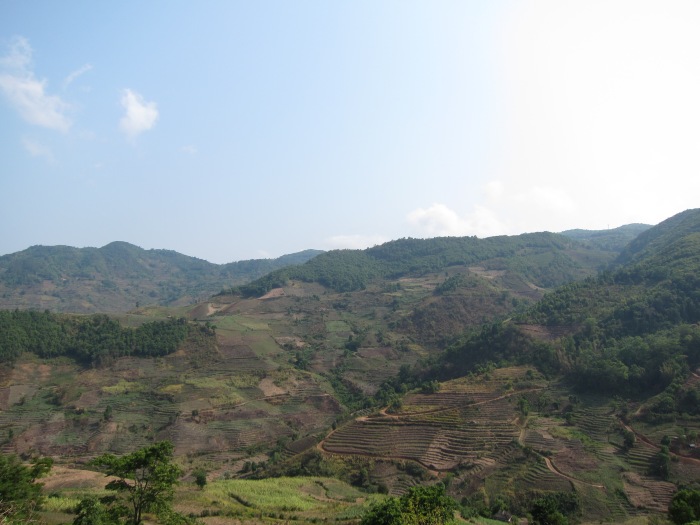
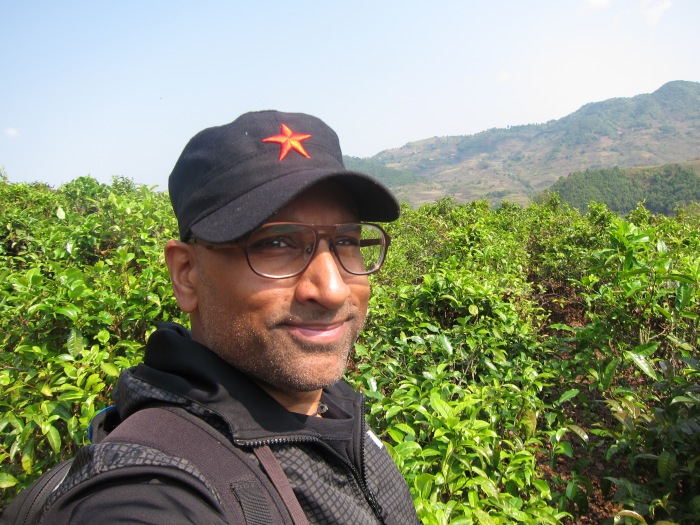
From Lijiang I decided to venture to the southern reaches of Yunnan near the Burmese border. I was interested in seeing an area of southern Yunnan called Xishuangbanna, the center of tea production in Yunnan and the origin of the unusual Puerh tea. Also, according to historians, Xishuangbanna is probably the place where tea was first cultivated thousands of years ago.
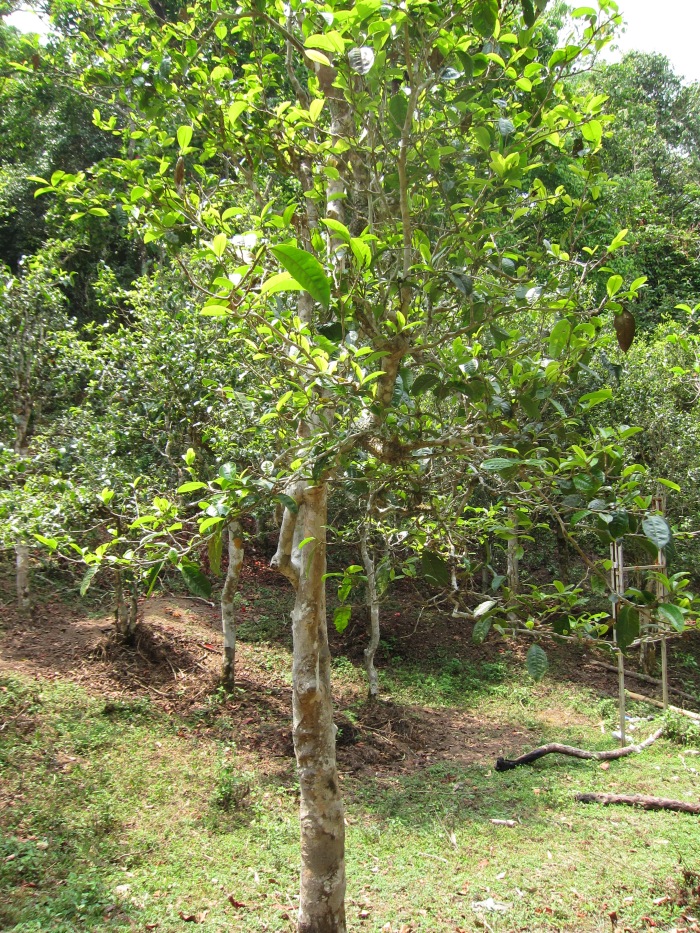
To get to Xishuangbanna, I had to suffer though two miserably long bus rides, broken by an overnight stop in Kunming. About four days ago I finally arrived in Jinghong, the major city in Xishuangbanna.
After a bit of investigation I connected with Sara, owner of the Forest Cafe trekking outfit in Jinghong. I told Sara I had heard about some ancient tea trees in Xishuangbanna and that I wanted to see some of these trees. She arranged a two-day trek in which we walked through some ancient tea forests, stopped at a tea processing plant, and passed through some of the local villages.
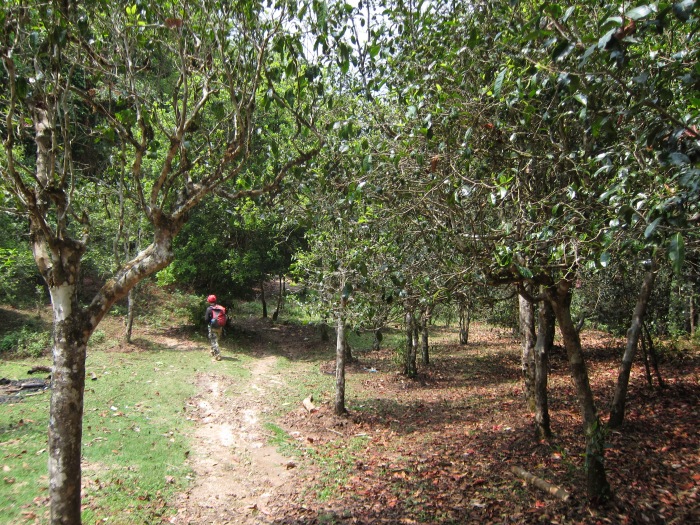
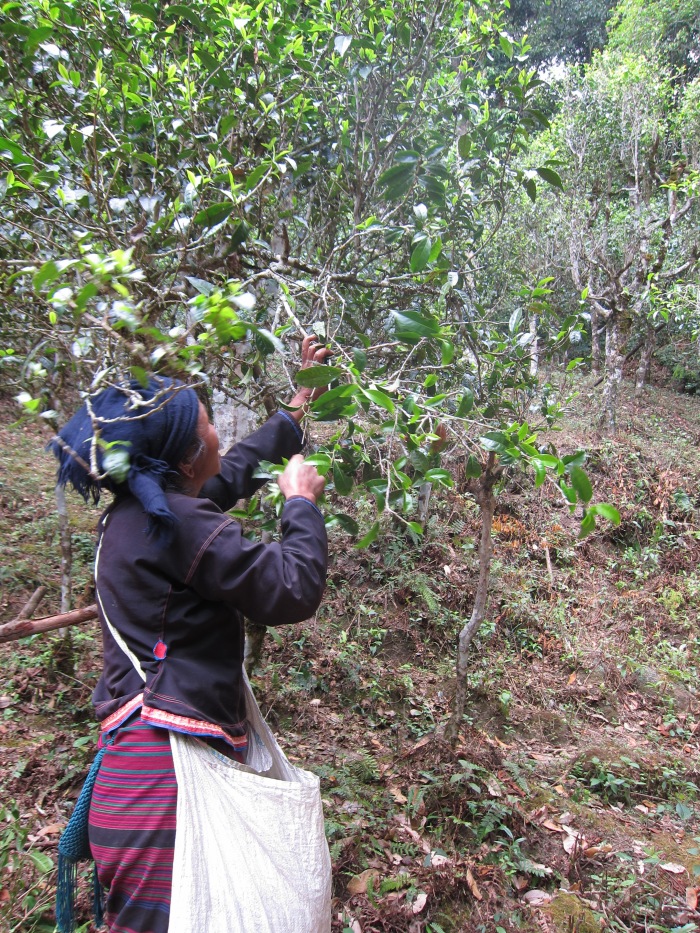



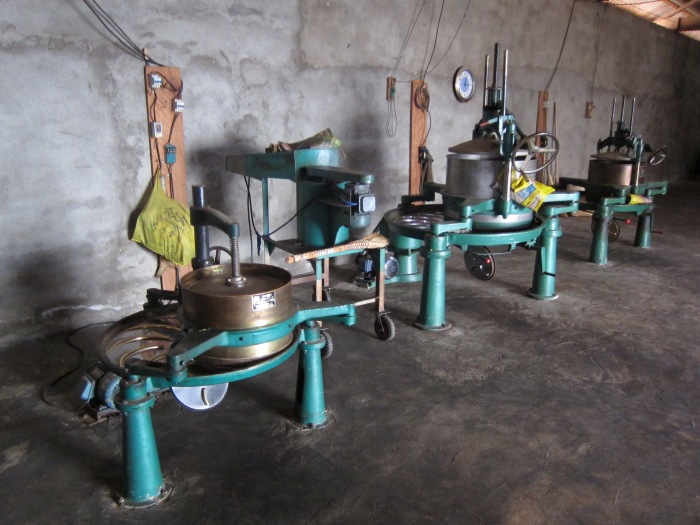
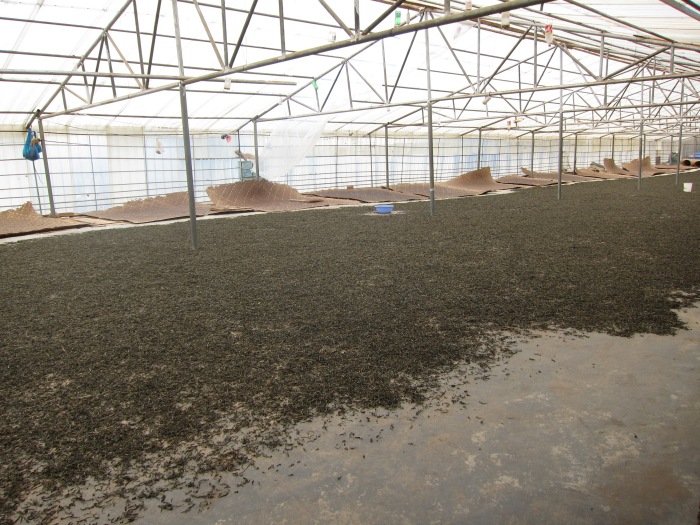
Yesterday we set out in the morning and were joined by a Swedish woman, Lena, who was taking a break from her studies in Kunming. The mountain weather was very pleasant and as we walked along Sara made sure to point out some of the interesting flora and fauna in this area of tremendous biodiversity.
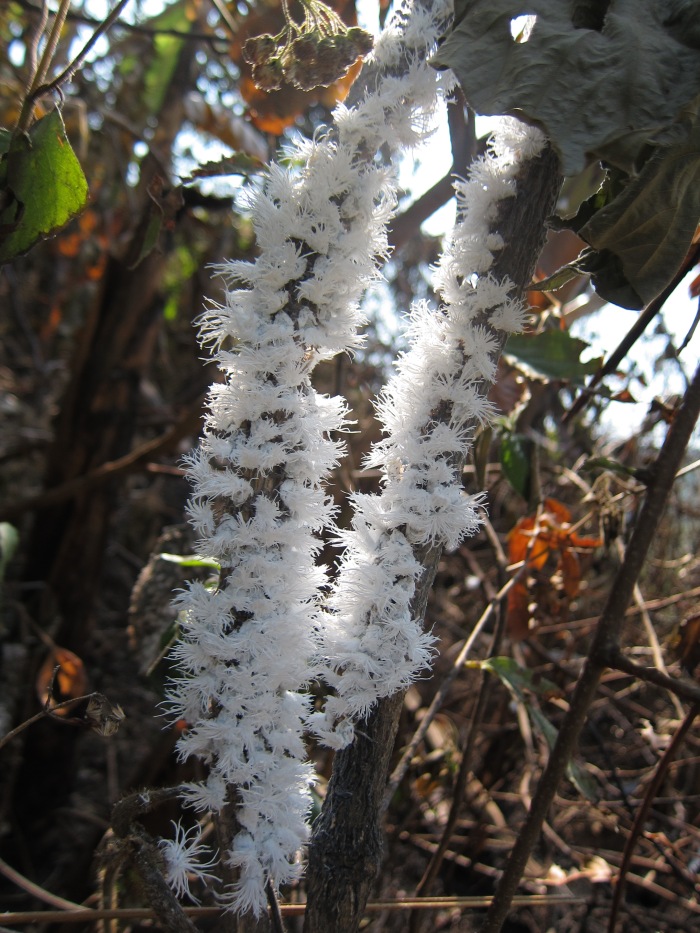

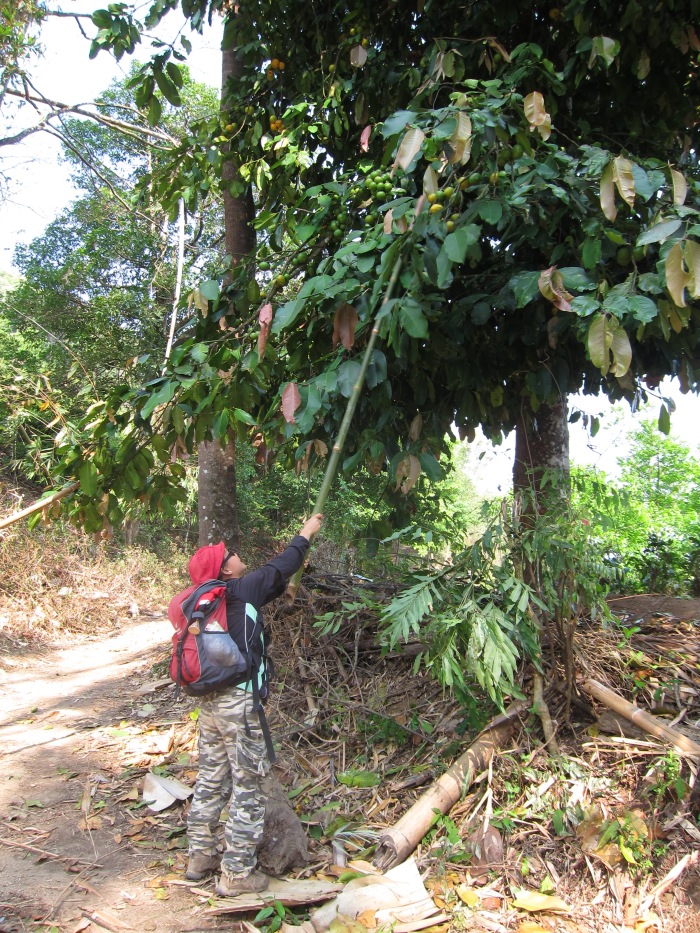
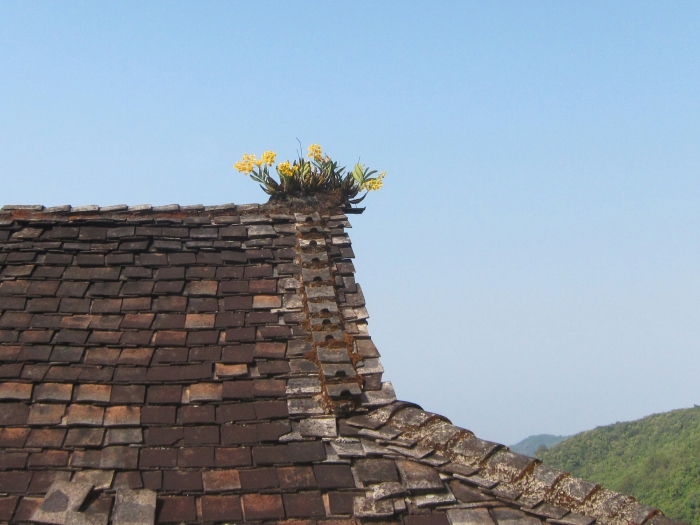
Yunnan also has an amazing amount of cultural diversity and is home to many of China’s ethnic minorities. Xishuangbanna in particular has populations of Dai, Hani (and the subgroup Aini), Lisu, Yao, Jinuo, Bulang, Lahu and Wa, among others. We stayed the night in a Bulang village, in the home of a local family. This morning we resumed our trek through fields and forests, and walked for about five hours prior to returning to Jinghong in the evening.
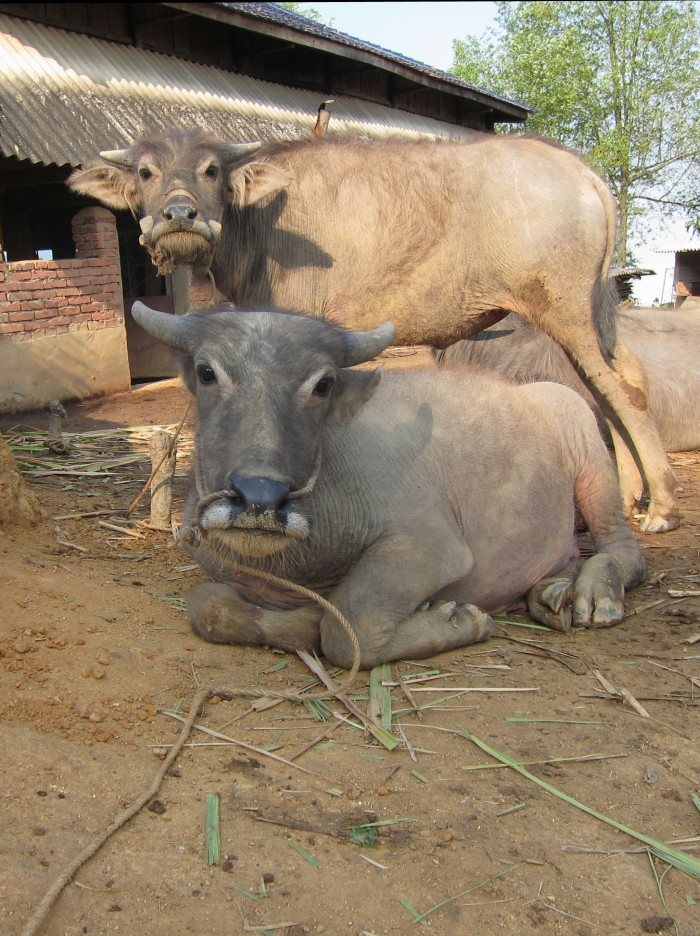
Those white insects are astonishing! I’ve never seen a bug that looks like a flower!
LikeLike
Yes, I thought they were amazing. They themselves were pretty nonchalant though, like it was perfectly normal to be a bug that looked like a flower!
LikeLike
Not a big tea drinker [Annette is] but that was interesting. We think your photography is getting better each entry.
LikeLike